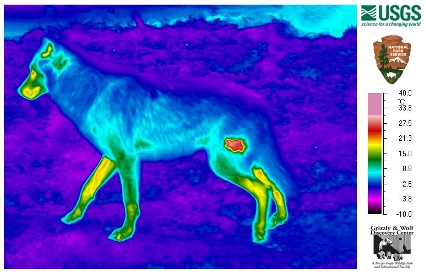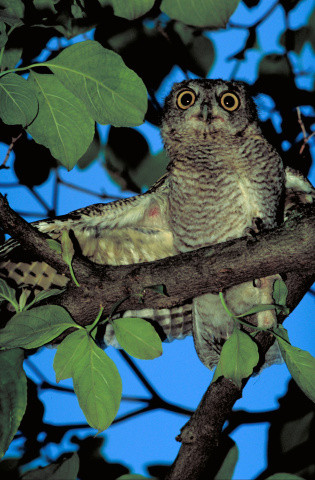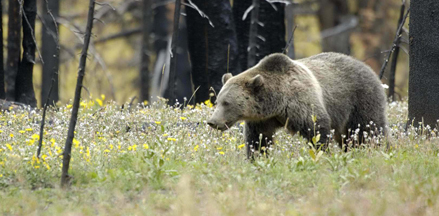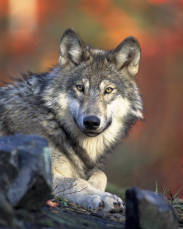 Generally we don’t cover wolves because the news has more to do with politics than with scientific research. However, wolves have been in the news a lot these last few months, as several states had their first wolf hunting seasons, and state wildlife departments play a starring role, so it makes sense to at least round-up some of these stories. Fittingly, the first one is:
Generally we don’t cover wolves because the news has more to do with politics than with scientific research. However, wolves have been in the news a lot these last few months, as several states had their first wolf hunting seasons, and state wildlife departments play a starring role, so it makes sense to at least round-up some of these stories. Fittingly, the first one is:
Minnesota wolf management is based on sound science and conservation principles
In response to a petition to stop the state’s first wolf hunt, the Minnesota Department of Natural Resources issued this press release. (Press release)
Wolves kill bear hounds in Wisconsin
The Wisconsin Dept. of Natural Resources notices aren’t on-line, but the Milwaukee Journal Sentinel published a similar notice. Find the link to the records mentioned, here.
Wolf season closes in one of Montana’s management districts
(Flathead Beacon)
Wyoming wolf hunt began Oct. 1
(Wyoming Star Tribune)
Fish and Game Commission Vote Clears Way for Further Study of Wolf Status
The California Fish and Game Commission will perform a 12-month status review of the gray wolf before deciding if it warranted endangered species status. (Press release)
Mexican Wolf Not a Subspecies, Feds Say
WildEarth Guardians press release, here.
Federal Register, here.
Guarding Sheep to Save Wolves
A New York Times article on a Defenders of Wildlife program to use nonlethal deterrents to keep wolves away from sheep.
News from the Wyoming wolf hunt
(Jackson Hole Daily)
Classes preach caution during Montana’s first trapping season
(Missoula Independent)
Hunters ready for 1st wolf hunts in Wis., Minn.
(Associated Press/Seattle Times)
(Also, Wisc. hunt in Chippawa Herald)
Wolves play a role in Okanogan County (Washington) elections
(Wenatchee World)
Wildlife groups step up to stop [Minnesota] wolf hunts
(Minnesota Daily)
Big mamas help wolf pups thrive [in Yellowstone]
(Billings Gazette)
Oregon wolf collaring and depredation records
(Oregon Department of Fish and Wildlife)
Minnesota DNR studies wolf behavior as hunting season approaches
(Minnesota Public Radio)
Recent killing in Washington reignites wolves-livestock debate
(AP/Bellingham Herald)
Photo of gray wolf by Gary Kramer, courtesy US Fish and Wildlife Service

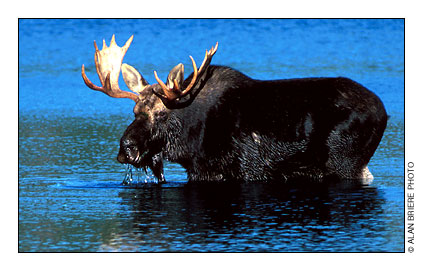
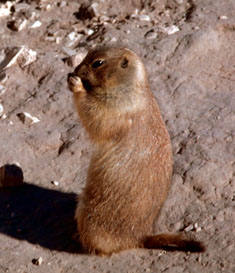 Oregon vesper sparrow and Mazama pocket gopher; mountain plover, burrowing owl and McCown’s longspur; the palila, a rapidly-declining Hawaiian honeycreeper; Karner blue butterfly, grasshopper sparrow, Henslow’s sparrow, and northern harrier; and white-tailed, Gunnison’s, Utah, and black-tailed prairie dogs are among the non-game species to benefit from this round of the
Oregon vesper sparrow and Mazama pocket gopher; mountain plover, burrowing owl and McCown’s longspur; the palila, a rapidly-declining Hawaiian honeycreeper; Karner blue butterfly, grasshopper sparrow, Henslow’s sparrow, and northern harrier; and white-tailed, Gunnison’s, Utah, and black-tailed prairie dogs are among the non-game species to benefit from this round of the 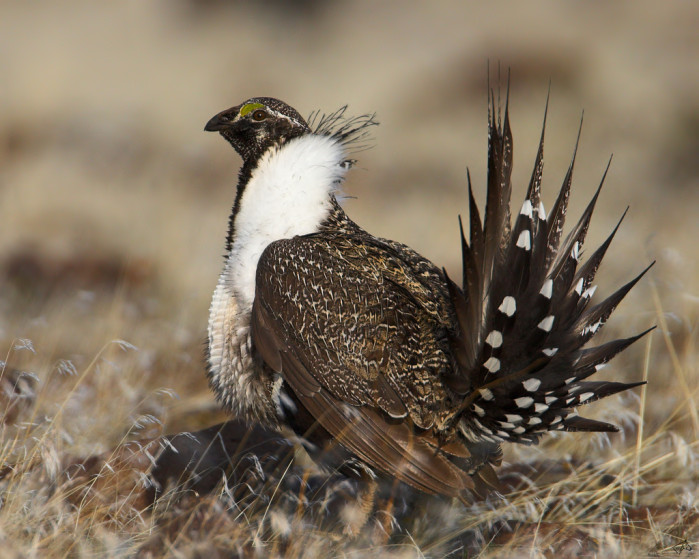 A recent study of sage grouse in northeastern Wyoming says that the population there is just one severe weather event or West Nile outbreak away from extirpation. The study was conducted by three University of Montana wildlife biologists on behalf of the US Bureau of Land Management (BLM).
A recent study of sage grouse in northeastern Wyoming says that the population there is just one severe weather event or West Nile outbreak away from extirpation. The study was conducted by three University of Montana wildlife biologists on behalf of the US Bureau of Land Management (BLM).